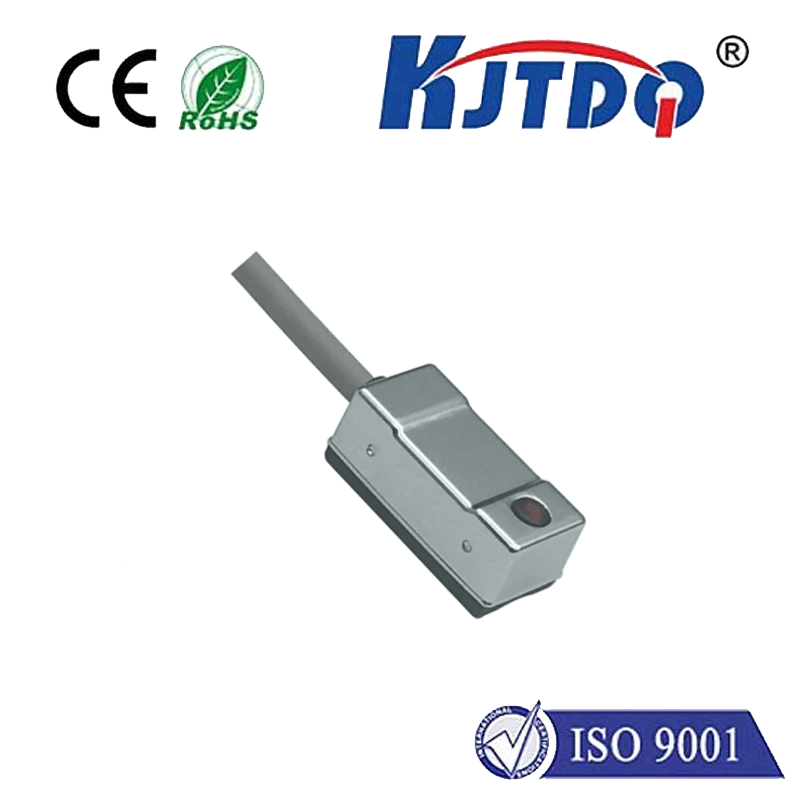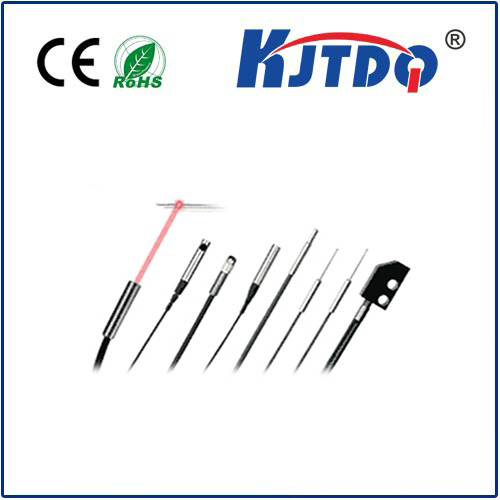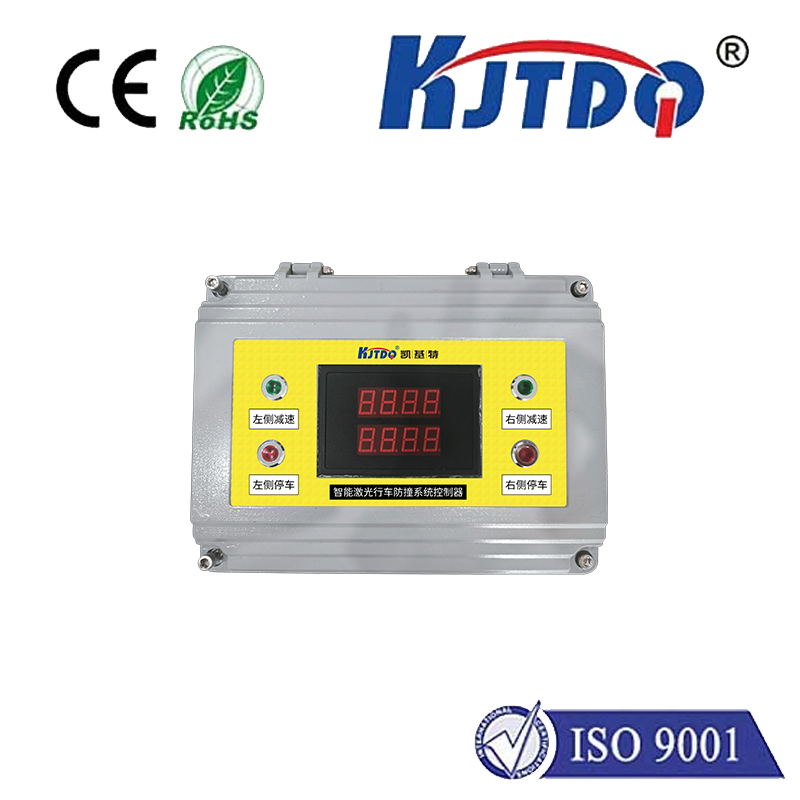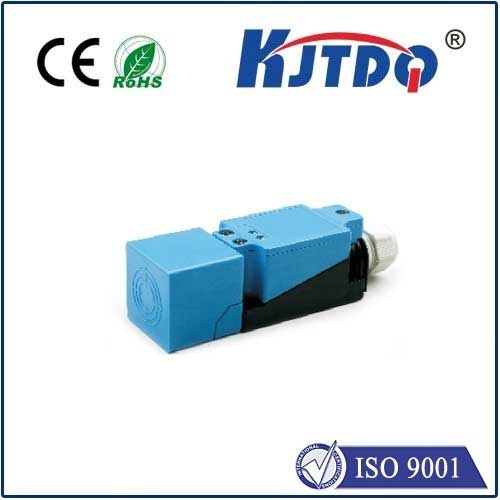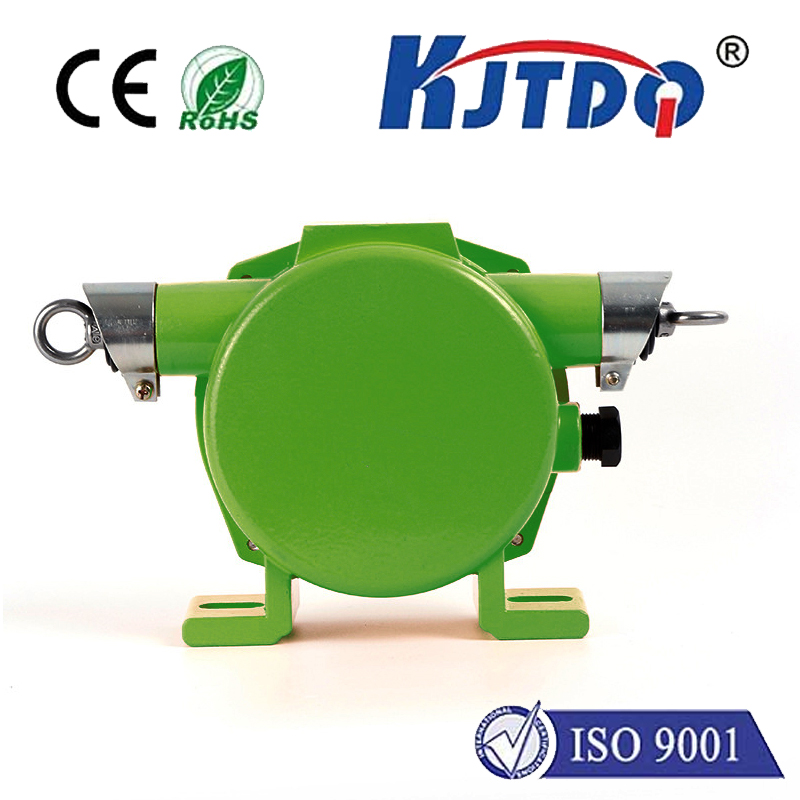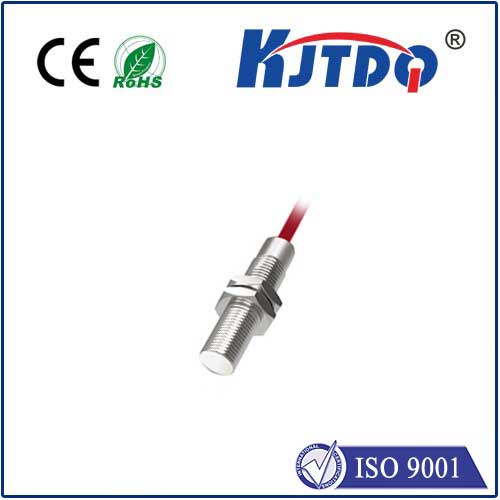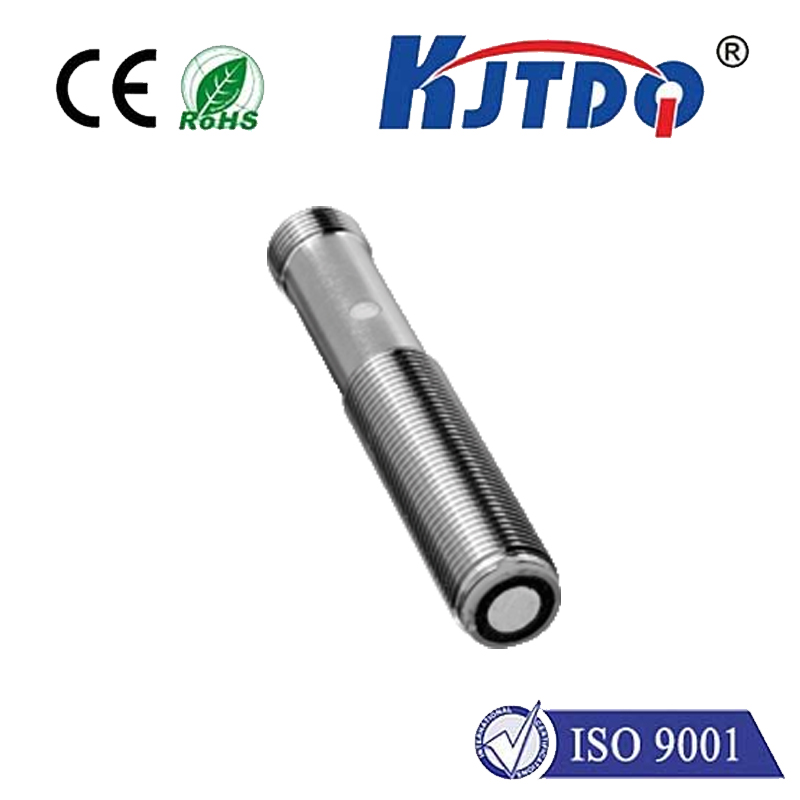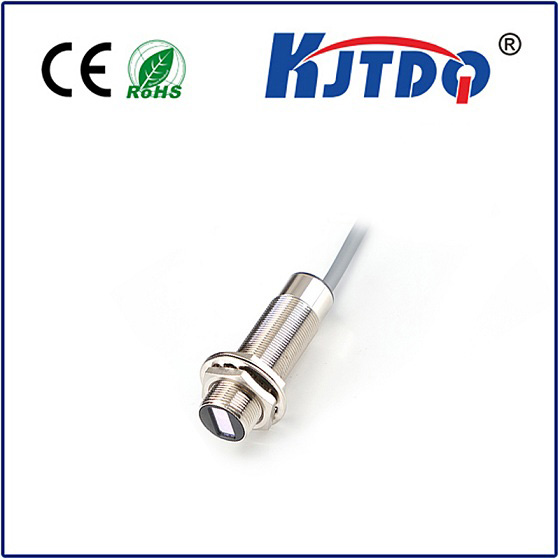230V Датчик приближения переменного тока
- time:2025-07-08 03:59:34
- Нажмите:0
230V AC Proximity Sensors: The Robust Heartbeat of Industrial Automation
Imagine a world where machinery operates with silent precision, detecting the presence or absence of metal objects without a single physical touch. A world where safety interlocks engage instantly, production lines count items flawlessly, and heavy machinery positions itself accurately, all powered directly from the mains electricity coursing through the factory. This is the domain of the 230V AC proximity sensor – an unsung hero in the landscape of industrial control. These robust workhorses bring unparalleled simplicity and reliability to environments demanding direct integration with standard industrial power systems.
Let’s cut to the chase: A 230V AC proximity sensor is an inductive non-contact switch designed to detect metal objects in its vicinity. Its defining characteristic is its ability to operate directly on the common industrial mains voltage found across Europe, Asia, and many other regions – 230 Volts Alternating Current (AC). This eliminates the need for separate power supplies or control voltage step-down transformers, streamlining panel design, reducing component count, and simplifying wiring significantly.
How Does a 230V AC Proximity Sensor Work?
At its core lies the principle of electromagnetic induction:

- Oscillating Field: The sensor contains an oscillator circuit that generates a high-frequency magnetic field emanating from its active face.
- Target Interaction: When a metallic target (ferrous like iron/steel, or non-ferrous like aluminum, brass, copper - though detection distance varies) enters this field, eddy currents are induced within the target.
- Damping Effect: These eddy currents draw energy from the sensor’s oscillator, causing a measurable reduction in its amplitude (damping).
- Signal Processing: An internal electronic circuit continuously monitors the oscillator’s state. When the damping reaches a sufficient threshold (indicating a target is within the specified sensing range), the sensor triggers its switching element.
- Output Switching: Crucially, for a 230V AC sensor, this switching element is designed to handle the high voltage and current. It typically connects or disconnects the AC mains power flowing through its output terminals – essentially acting like a relay controlled by the presence of metal.
The Compelling Advantages Driving Adoption
Why choose a 230V AC model over lower-voltage DC counterparts or mechanical switches? The benefits are substantial, especially in demanding industrial settings:
- Direct Line Voltage Operation: This is the standout feature. No extra power supply modules are needed. Simply wire the sensor directly between the live (230V AC) and neutral/line 2 conductors. This drastically simplifies installation, reduces points of failure, saves panel space, and lowers overall system cost.
- Simplified Wiring: Connecting to standard 230V AC circuits often uses familiar components like standard pilot lights and relays, simplifying design and maintenance for electricians.
- Robustness: Designed for the industrial environment, these sensors typically feature sturdy metal or heavy-duty plastic housings (IP67/IP68 ratings are common) offering excellent resistance to vibration, shock, dust, moisture, and cutting fluids. Their solid-state nature means no moving parts to wear out.
- High Switching Capacity: Many models can directly switch significant loads – often pilot lights, solenoid valves, contactor coils, or small motors rated up to 200-500mA or more at 230V AC. This reduces the need for intermediate relays in many applications.
- High-Speed Operation: Capable of very fast response times (typically kHz range), they excel in high-speed counting and positioning tasks far better than mechanical switches.
- Долговечность: Long operational lifespan is inherent due to the lack of mechanical contacts subjected to arcing and wear.
Where 230V AC Proximity Sensors Excel: Core Applications
Their unique voltage handling capability makes them indispensable in numerous industrial scenarios:
- Machine Safety: Forming critical safety circuits as interlock switches on guards, doors, and hatches. Their failure-safe design and robust nature are vital for personnel protection.
- Position and End-of-Travel Detection: Precisely verifying the arrival or departure of cylinders, slides, cranes, elevators, and conveyor components (limit switching).
- Presence/Absence Verification: Detecting parts on conveyors, pallets, or within fixtures, confirming tool presence in turrets, or checking for bottle caps.
- Level Control: Monitoring fill levels in bins and hoppers using metal targets attached to floats or indicating minimum/maximum material presence.
- Object Counting: High-speed counting of metal parts passing along a production line.
- Speed Monitoring: Detecting rotating machinery parts like shafts, gears, or couplings for basic speed feedback or overspeed protection.
- Replacing Mechanical Limit Switches: Providing more reliable and maintenance-free alternatives in harsh environments prone to contact failure.
Choosing, Installing, and Staying Safe: Critical Considerations
While powerful tools, deploying 230V AC proximity sensors demands respect for the voltage involved and adherence to best practices:
- Sensing Range: Always refer to the manufacturer’s specifications (
Sn). Remember the rated operating distance is for mild steel. Detection distances for non-ferrous metals like aluminum or brass can be significantly less (often 30-60% of Sn). Factor in mounting recesses and environmental conditions affecting range.
- Flush vs Non-Flush Mounting: Flush-mountable sensors can be embedded in metal without affecting sensing range. Non-flush sensors offer longer ranges but require free space around them.
- Output Type: Ensure compatibility. Most 230V AC sensors are 2-wire AC (load in series). Confirm the sensor’s switching function (Normally Open - N.O. / Normally Closed - N.C.) suits your control logic. Always check the maximum load current rating.
- Housing Material & Size: Choose based on the mechanical stress and available space (e.g., cylindrical threaded M8, M12, M18, M30 or block style).
- Ingress Protection (IP Rating): Select an IP rating (e.g., IP67, IP68, IP69K) suitable for the environment (dust, water washdown, chemicals).
- Electrical Installation:
- DIRECT CONNECTION TO MAINS VOLTAGE REQUIRES QUALIFIED PERSONNEL.
- ALWAYS DISCONNECT AND LOCK OUT/TAG OUT (LOTO) THE 230V AC POWER SOURCE BEFORE WIRING OR SERVICING.
- Strictly adhere to local and national electrical codes (e.g., IEC, NEC).
- Ensure secure connections and proper strain relief for cables.
- Protect wiring from damage (sharp edges, moving parts, heat).
- Maintenance: Periodically clean the sensing face to prevent buildup of material that could dampen the field. Check for physical damage and secure mounting.
The Undeniable Value Proposition
The 230V AC proximity sensor offers a potent blend of simplicity, robustness, and direct high-voltage switching capability. By seamlessly integrating into existing 230V AC infrastructure, they eliminate complexity and provide reliable, contactless sensing where it’s needed most. Whether safeguarding personnel, ensuring machine positioning, or counting high-speed components, they form **a fundamental, reliable, and cost

